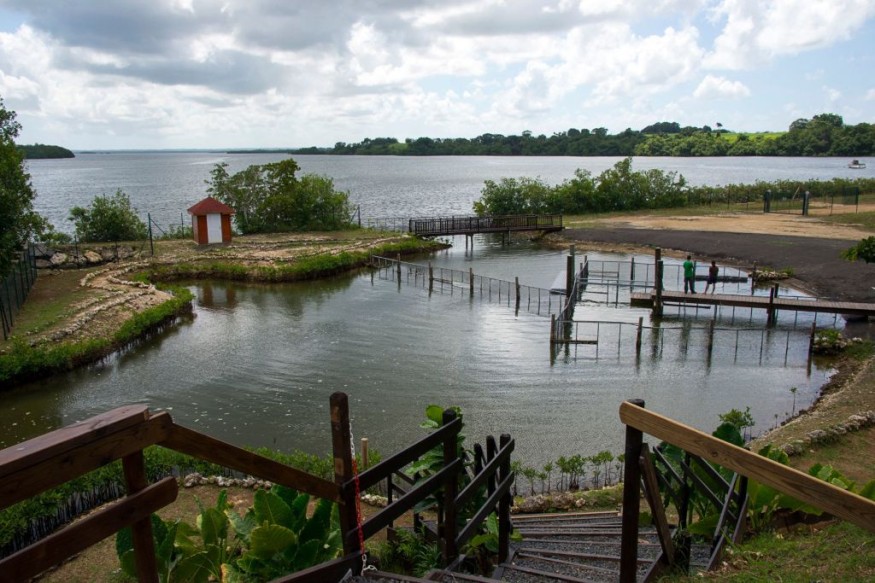
A recent study showed that due to little effort on biodiversity, the rate of animal and plant extinction in Singapore was at 37% in the past 200 years.
Experts said that accurate estimates of tropical extinction rates are needed to evaluate human impacts on biodiversity and inform conservation planning.
Lost Of Tropical Primary Forest
They said that Singapore has lost most of its tropical primary forest since 1819 and yet has an exceptionally detailed biodiversity record.
Researchers had compiled the largest database of Singapore biodiversity records to date (>50,000 individual records; >3,000 species; 10 major taxonomic groups) and estimated extinctions using statistical methods that account for "dark extinctions,'' or those extinctions of undiscovered species.
The estimated overall extinction rate was 37%, a factor of two lower than previous estimates for Singapore, although extinctions were concentrated among larger, charismatic species.
Extrapolations suggested that by 2100, Southeast Asia will resemble a "tropical Europe," with roughly 80% of the original species surviving in human-dominated landscapes.
So far, there is an urgent need for reliable data on the impacts of deforestation on tropical biodiversity. The city-state of Singapore has one of the most detailed biodiversity records in the tropics, dating back to the turn of the 19th century.
To recall, it was in 1819 when Singapore was almost entirely covered in primary forest, but this has since been largely cleared.
Experts have compiled more than 200 years of records for 10 major taxonomic groups in Singapore (>50,000 individual records; >3,000 species), and they estimated extinction rates using recently developed and novel statistical models that account for "dark extinctions," such as the extinctions of undiscovered species.
''The estimated overall extinction rate was 37% (95% CI [31 to 42%]). Extrapolating our Singapore observations to a future business-as-usual deforestation scenario for Southeast Asia suggests that 18% (95% CI [16 to 22%]) of species will be lost regionally by 2100,'' the study indicated.
The researchers' extinction estimates for Singapore and Southeast Asia are a factor of two lower than previous estimates that also attempted to account for dark extinctions.
However, they cautioned that particular groups such as large mammals, forest-dependent birds, orchids, and butterflies are disproportionately vulnerable.
Read Also : In a Biodiversity Hotspot, Park Rangers Employ Butterflies To Assess Temperature of the Globe
Hotspot For Species Extinction
Experts said that Southeast Asia, as defined by the ASEAN region, is a hotspot for impending species extinctions. At a global scale, the region has the highest number of species categorized as Critically Endangered on the IUCN Red List and considered to be on the brink of extinction.
Rapid and large-scale habitat loss driven by fast-paced development, together with rampant exploitation of wildlife and natural resources have been largely responsible for declining biodiversity in this densely populated region.
Further, there is an urgent need to scale up conservation efforts to prevent species extinctions.
Singapore's extinctions had begun in the middle of the 19th century when large swaths of forests made way for plantations, leading to the extinction of many plants and vertebrates.
Hunting also contributed to the loss of large mammals, such as tigers and leopards.
By the middle part of the 20th century, rapid urbanization wiped out many butterflies and birds.
Related Article : Specimen Collection Does Not Lead to Species Extinction, Scientists Say
© 2025 NatureWorldNews.com All rights reserved. Do not reproduce without permission.





